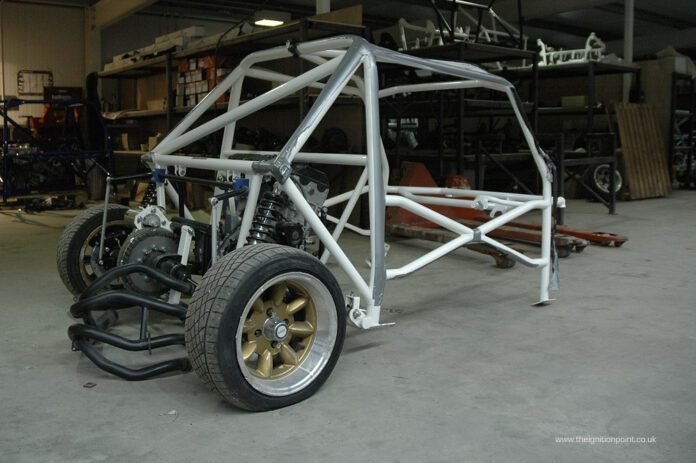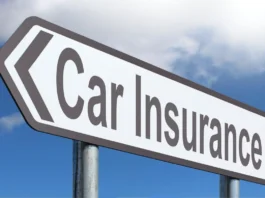Table of Contents
Signs of Car Frame Damage
Detecting car frame damage is paramount for ensuring vehicle safety and preventing more serious issues. But what is frame damage on a car? According to experts, car frame damage, any impact or deformation to the vehicle’s structural framework can jeopardize its capability to withstand and properly disperse forces in a subsequent collision. Some revealing signs include misalignment issues that could cause the vehicle to pull to one side, uneven tire wear suggesting improper weight distribution, or difficulty closing doors and windows due to altered fittings. Unusual noises, such as creaking or groaning from the car’s body during turns or when driving on uneven surfaces, can also signify frame issues. It is important to be vigilant for these indications, as early detection can save you from more extensive and expensive repairs down the line.
Assessing the Extent of Damage
If car frame damage is suspected, conducting an immediate and thorough assessment is non-negotiable. This step is about understanding the scope and specifics of the damage to gauge the necessary course of action. Professionals in the field use specialized equipment to examine the frame for any signs of bending, cracks, or rust that could further compromise the car’s integrity. They also compare the frame’s geometry to factory specifications to accurately measure deviations. Experts can accurately assess the damage and plan the repair process using laser scanning and computer modeling technologies. For car owners, the intuitive sign of misalignment, like a steering wheel that’s off-centered, even when driving straight, is a red flag that should prompt this professional assessment.
Impact on Vehicle Performance
The aftermath of car frame damage is not limited to cosmetic defects; it has far-reaching implications for the overall performance and handling of the vehicle. From reduced structural stability that affects safety systems to impaired weight distribution that can lead to additional stress on the engine and suspension, the eventual impact of frame damage on a vehicle’s performance is significant. It may lead to uneven driving dynamics, causing added wear on various components, more frequent maintenance requirements, and a squandered fuel economy due to less efficient power transfer from the engine to the drivetrain. Not to mention, such damage can affect the lifespan of your vehicle and even its resale value.
The Car Frame Repair Process
Repairing car frame damage demands a high level of skill and precision. Typically, the process involves placing the vehicle onto a specialized frame machine that uses hydraulics and torque to straighten the frame to its original form. This is a delicate operation, as each vehicle makes and model has specific frame tolerances that must be meticulously followed to ensure the car’s safety standards are met post-repair. The utilization of computerized measurements ensures accuracy down to the millimeter. Professional technicians must also inspect for secondary damage to other car parts that may have co-occurred, such as the suspension or alignment. In light of this, selecting a reputable repair service is critical.
Factors Influencing Repair Costs
Several elements contribute to the cost of car frame repair work, and understanding these can help prepare for the financial aspect of the process. Initially, the severity and location of the damage will be the main factors, with more severe or complex damage requiring more labor-intensive and expensive repairs. The vehicle’s make, model, and year also greatly influence the price since parts availability and the complexity of the vehicle’s design can vary significantly. Additionally, labor costs are a factor that can differ based on the geographical location and the expertise of the shop selected. It’s beneficial to seek multiple estimates when possible and consider the reputation and qualifications of the repair shop, not just the bottom-line cost.
DIY Fixes vs. Professional Repairs
For some, the DIY route is tempting—thanks to abundant online tutorials and a desire to save on costs. However, DIY fixes are generally inadvisable regarding car frame damage. Car frame repair requires specialized tools and know-how beyond most home mechanics’ scope. Improperly executed repairs can lead to safety hazards and further damage to the vehicle. On the other hand, professional technicians have trained for years to handle complex repairs, including working with the intricacies of different vehicle architectures. They also have access to the necessary tools, often impractical for individual purchase or use. Understanding this distinction can prevent additional expenses and potential safety issues in the long term.
Preventing Future Frame Damage
While some accidents are unavoidable, preventive measures can lower the risk of experiencing car frame damage. Safe driving practices such as adhering to speed limits, avoiding abrupt maneuvers, and being cautious in poor driving conditions are essential. Regular vehicle maintenance checks to ensure that all systems function correctly can alert you to potential issues before they escalate. Furthermore, avoiding overloading your vehicle and ensuring proper load distribution can help maintain the frame’s structural integrity. Implementing these measures and staying proactive about vehicle care can extend the life of your vehicle and keep you safer on the road.
Apart from that, if you want to know about Selling a Car Then please visit our Automobile category.




